When Nature Strikes: Five Tragic Disasters from the Past Year
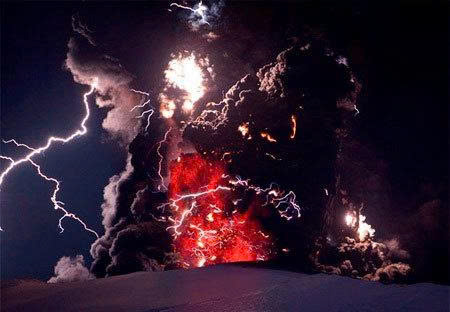
Over the past year, humanity has endured a series of devastating natural disasters—from raging floods and landmark earthquakes to scorching heatwaves and raging storms. These events, spanning the globe, left tens of thousands dead, displaced millions, and inflicted billions of dollars in damage. Here are five especially harrowing examples:
1. China’s 2024 Floods
In southern China, particularly Guangdong and Hunan provinces, unprecedented rains from April through July triggered massive floods, landslides, and infrastructure collapse. In Meizhou, the collapse of a section of the Meilong Expressway alone claimed 48 lives. Overall, the disaster displaced over 110,000 residents, caused widespread destruction of roads and bridges, and incurred economic losses exceeding 3.65 billion yuan (approximately USD 500 million) in some counties. Wikipedia
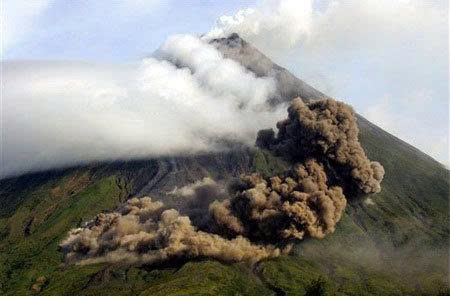
2. Typhoon Yagi in Southeast Asia
Super Typhoon Yagi, known locally as Enteng, struck parts of Southeast Asia in September 2024. It was one of the strongest storms in decades, devastating areas of Vietnam, China, the Philippines, and Thailand. Hundreds lost their lives, and thousands of homes and vital infrastructure were destroyed. EOS Data AnalyticsFinancial TimesThe Guardian
3. Enga Landslide, Papua New Guinea
On May 24, 2024, a massive landslide obliterated a village in Enga Province, Papua New Guinea. The official death toll stood at 670, but estimates ranged as high as 2,000 or more. The disaster was linked to heavy rainfall—and potentially unregulated gold mining—adding another layer of complexity to the humanitarian crisis. Wikipedia
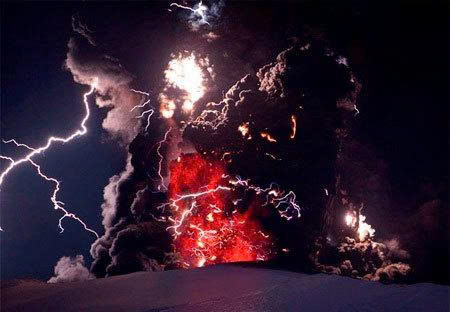
4. 2024 West African Floods
Between June 6 and 21, parts of West Africa suffered horrific flooding. This single event infected over 1,500 lives and became the deadliest meteorological disaster of the year. Numerous communities were washed away, and many more were displaced, forced from their homes and into humanitarian limbo. Wikipedia
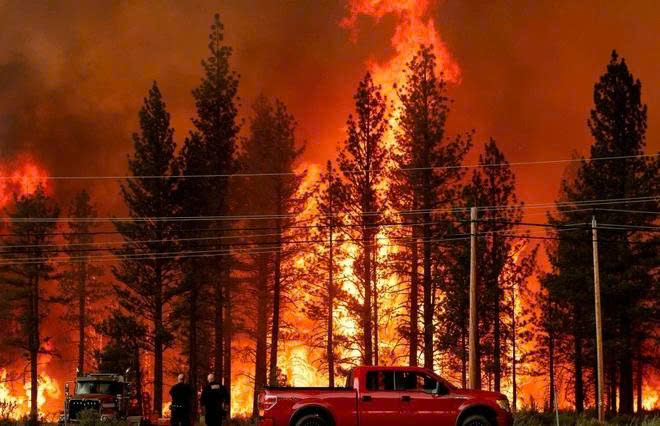
5. Extreme Heatwaves Across the Globe
Scorching heatwaves wreaked havoc on multiple continents. In Europe (Italy and Greece), intense heat between July 10 and 20 was responsible for approximately 1,900 deaths. Southeast Asia endured another catastrophic heatwave in April–May, causing around 1,571 fatalities. Likewise, during the Hajj pilgrimage in Saudi Arabia in June, over 1,300 pilgrims perished due to extreme heat. IIITheweather.com | MeteoredThe Guardian
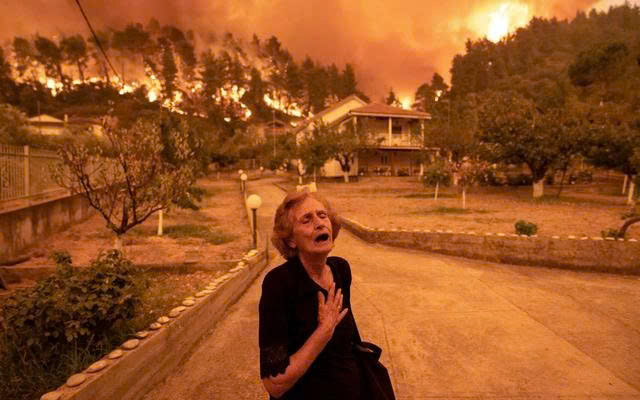
The Big Picture: A Planet in Extremes
According to global surveys, in 2024 alone, natural disasters claimed approximately 18,100 lives, primarily due to heatwaves and floods. Though tragic, this is significantly lower than the 21st-century average for annual disaster-related deaths, suggesting improvements in early warning systems and emergency response. Globally, economic losses soared—totaling well over USD 300 billion. Aon estimated that Hurricane Helene alone caused around USD 75 billion in direct damage. Noticias AmbientalesTheweather.com | MeteoredAtlas MagFinancial TimesThe Guardian
Furthermore, the Global Water Monitor Report highlighted that 2024 was the hottest year on record, intensifying both flooding and drought. The consequences were clear: 8,700+ deaths, 40 million displaced, and more than USD 550 billion in water-related economic damage, from relentless downpours and crop failures to forced migration. The Guardian
Why These Disasters Matter—and What We Must Learn
These events underscore a frightening truth: climate change is deepening the extremes. From rampant flooding and landslides to unprecedented heatwaves and supercharged storms, nature’s fury is more frequent, more deadly, and more destructive.
Yet amid the devastation, there is hope. The reduced death toll compared to recent decades reveals that early warning systems, evacuation planning, resilient infrastructure, and better access to aid can—and do—save lives. Noticias AmbientalesAtlas MagFinancial Times
But the scale of economic losses, particularly in vulnerable nations, also reminds us there is a protection gap—too many communities lack sufficient insurance, infrastructure, or resources to rebound quickly. The cost of rebuilding is staggering, from USD 231 million needed in Vanuatu following a late-2024 earthquake to billions more across communities ravaged by cyclones and floods.
Conclusion
The disasters of the past year are not isolated tragedies—they are symptoms of a warming, increasingly unstable planet. As floods sweep communities away, heatwaves claim lives in their thousands, and mountains crumble into the valleys below, humanity’s resilience is tested anew.
To confront this era of extremes, the world must invest decisively in adaptation: climate-resilient infrastructure, robust early warning networks, sustainable land use policies, and just, accessible insurance systems. Only by acting with urgency and solidarity can we hope to protect the vulnerable and ensure that the next generation inherits not devastation—but resilience.